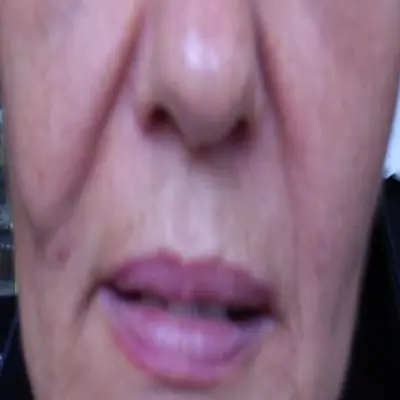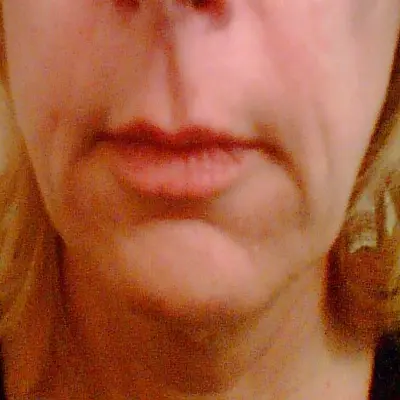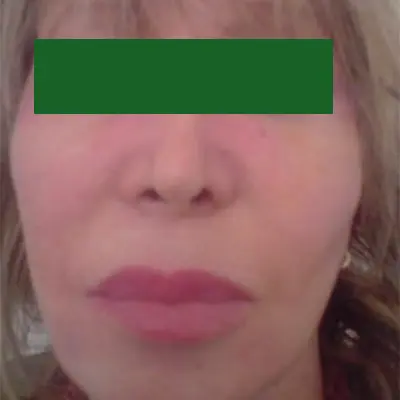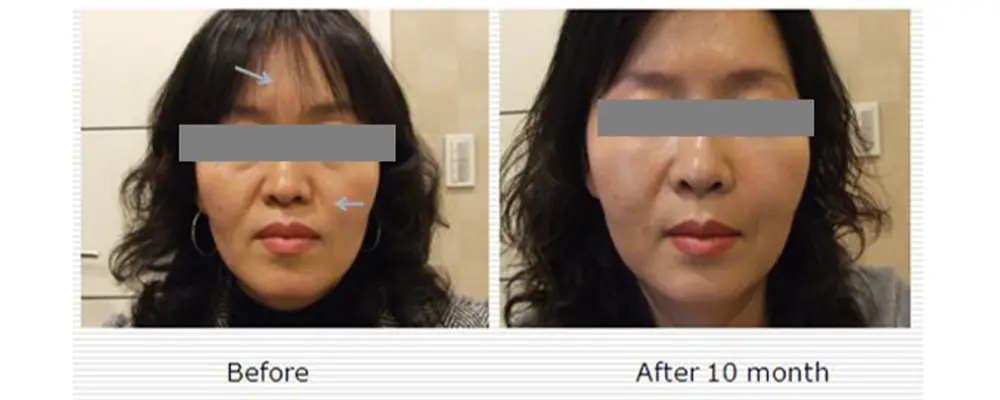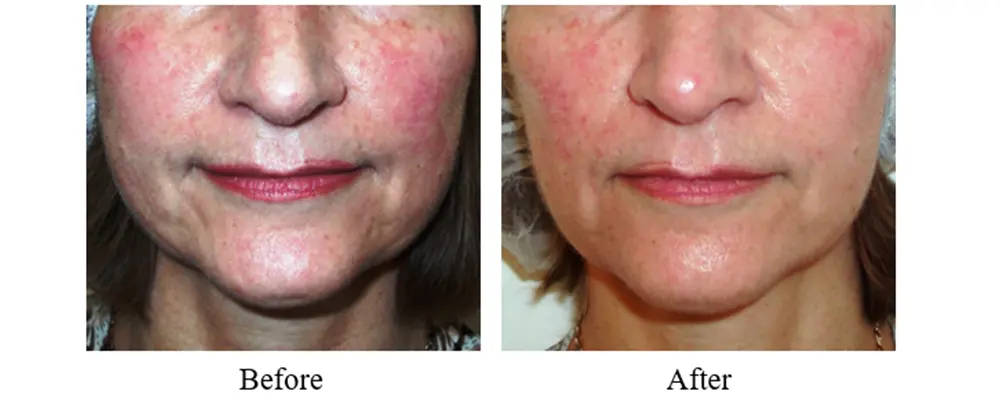Revita Life Sciences
ACNE
Aging
Acne is caused by blocked hair follicles and oil (sebaceous) glands of the skin, often triggered by hormonal changes. The term acne refers to not only pimples on the face, but blackheads, cysts, and nodules as well.
Oily cosmetics, Humidity, heavy sweating make skin acne prone.
Acne left unchecked can often lead to permanent scars and dark facial spots.
It occurs when sebaceous glands in the skin are over-stimulated to produce sebum and skin cells are not shed normally. These sticky cells block the skin’s hair follicles, trapping the sebum.
The blocked, oil-filled follicle then causes the bacteria normally in the hair follicles to multiply. This leads to inflammation, redness and pimples (pustules).
- Blackheads and whiteheads (comedones): Comedones are enlarged hair follicles filled with sebum. Blackheads are comedones that have pushed through the skin’s surface. Exposure to air causes the sebum to turn black. Whiteheads are comedones that have not pushed through the skin’s surface.
- Pimples (pustules): These are inflamed hair follicles. The bacteria in the follicle multiply, attracting infection-fighting cells. These release substances that cause irritation and redness. The follicle then ruptures and spills the contents into the surrounding skin. This causes more inflammation.
- Nodules and cysts: These are larger infections of the hair follicles. They extend deeper into the skin, forming firm, deep bumps and swellings. Like pimples, they are caused by increased sebum production and bacterial growth, which cause irritation and redness.
Both cystic and nodular acne can lead to permanent skin damage in the form of scarring.
Non-inflamed acne breakouts have open and closed comedones (blackheads)
Inflamed acne breakouts have papules, pustules, nodules, and/or cysts
Grade I: blackheads, whiteheads or milia, and occasionally minor pimples. no inflammation (minimal redness, swelling, or tenderness).
Grade II: Greater number of blackheads and whiteheads. Papules and pustules (whiteheads) are more frequent.
Grade III: More inflammation than in Grade II and Grade III acne .Papules and pustules more numerous .Greater amount of redness and inflammation. Nodules are often present.
Grade IV: Many pustules, nodules, and cysts. Blackheads and whiteheads are usually numerous. pronounced inflammation, and breakouts also called cystic acne,
Mesenchymalstemcell, platelet rich plasma hastherapeuticpotential to augment the conventional medical treatment by improving vascularity, local immune inflammatory status and improving fibrobasts function hence can effectively antagonize the formation of acne scars
How It Is Done
Patient is advised to properly wash face, stay hydrated and limited makeup
Thorough skin analysis and Hormone profile is assessed

